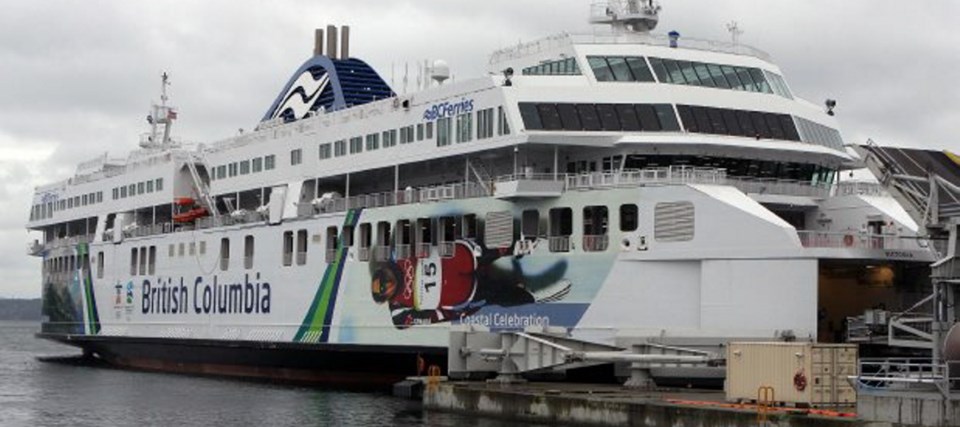 Back in 2003, the Times Colonist ran a story about the car-deck carnality that occasionally turns your typical B.C. ferry into The Love Boat.
Back in 2003, the Times Colonist ran a story about the car-deck carnality that occasionally turns your typical B.C. ferry into The Love Boat.
“One deckhand spotted an older man making love to a younger woman in his car,” the piece read. “When the deckhand tried to tell them their behaviour was not appropriate, the older man replied: ‘Go away. This doesn’t happen to me very often.’ ”
Chalk it up as one of the less obvious reasons to balk at B.C. Ferries’ plans to shoo passengers out of enclosed vehicle decks.
We just learned the corporation plans to cut off passenger access to enclosed decks — that is, the main car decks — while ships are under way. Passengers will still be allowed to stay in their vehicles on upper, open decks.
B.C. Ferries also plans to make its vessels smoke-free, eliminating the last of the outdoor puffing zones, but that’s not as controversial as the enclosed-deck rule.
Ferries isn’t offering much of an explanation, just that it plans to fully implement Transport Canada regulations and will have more to say in January when the details are worked out. Transport Canada isn’t saying much, either, just that it supports Ferries’ efforts to fall in line with regulations implemented in — wait for it — 2001.
Those Canada Shipping Act rules followed the sinking of the ferry Estonia in the Baltic Sea in 1994, when 850 died after its bow doors swung open in rough weather.
Which leads to the obvious questions: why didn’t B.C. Ferries push passengers out of their cars in 2001, and what’s driving the change now?
As it is, plenty of people prefer to spend the voyage below decks. There are parents who don’t want to wake the baby. Parents who don’t want to expose other passengers to their toddlers’ Trumpian temper tantrums. Flu-ridden travellers who — bless ’em — quarantine themselves in their cars rather than turn the Coastal Perspiration into a plague ship. Dog owners who don’t want freaked-out Fido howling in harmony with the car alarm in the next lane. Long-haul truckers who want to nap before tackling the Coquihalla (is it really safer to force them upstairs?).
“I suffer from very intense anxiety,” one reader wrote Tuesday. “Ferries are a huge trigger. For years the only way I have been able to manage going on a ferry is to request to be on the bottom deck (no windows, and less movement if the waters aren’t calm) and stay in my car and watch a movie.” This week’s news alarms her.
It also makes the rest of us wonder how crowded the seating areas will be after all those closed-deck people are crowbarred out of their cars.
It’s not as though B.C. Ferries is reacting to a current crisis. Given its size and the frequency of its sailings, the service has a good safety record. (A safety review after 2006’s sinking of the Queen of the North resulted in the SailSafe program, a collaborative effort of the corporation and the B.C. Ferry and Marine Workers’ Union.)
B.C. Ferries’ Lower Mainland-Vancouver Island routes have seen several unfortunate incidents since the the service was founded in 1960. The worst came in 1970: three people died when the Russian freighter Sergey Yesenin plowed into the Queen of Victoria in Active Pass. Twenty-three passengers on a Royal Sealink catamaran were hurt when it collided with the Queen of Saanich in fog off Active Pass in February 1992. Two dozen people suffered mostly minor injuries one month later when the Queen of Alberni and the Japanese coal carrier Shinwa Maru crashed in fog off Tsawwassen.
But nothing lately.
Again the question: why bring in the closed-deck rule now? It looks as if B.C. Ferries (or is it Transport Canada?) has decided the possibility of catastrophe should trump the certainty of the inconvenience the change would bring.
Is this just another case of the Nanny State what-iffing us into a solution in search of a problem? Or is it a belated recognition that it should be doing what other services, such as the Coho ferry between Victoria and Port Angeles, have been doing for 15 years?



